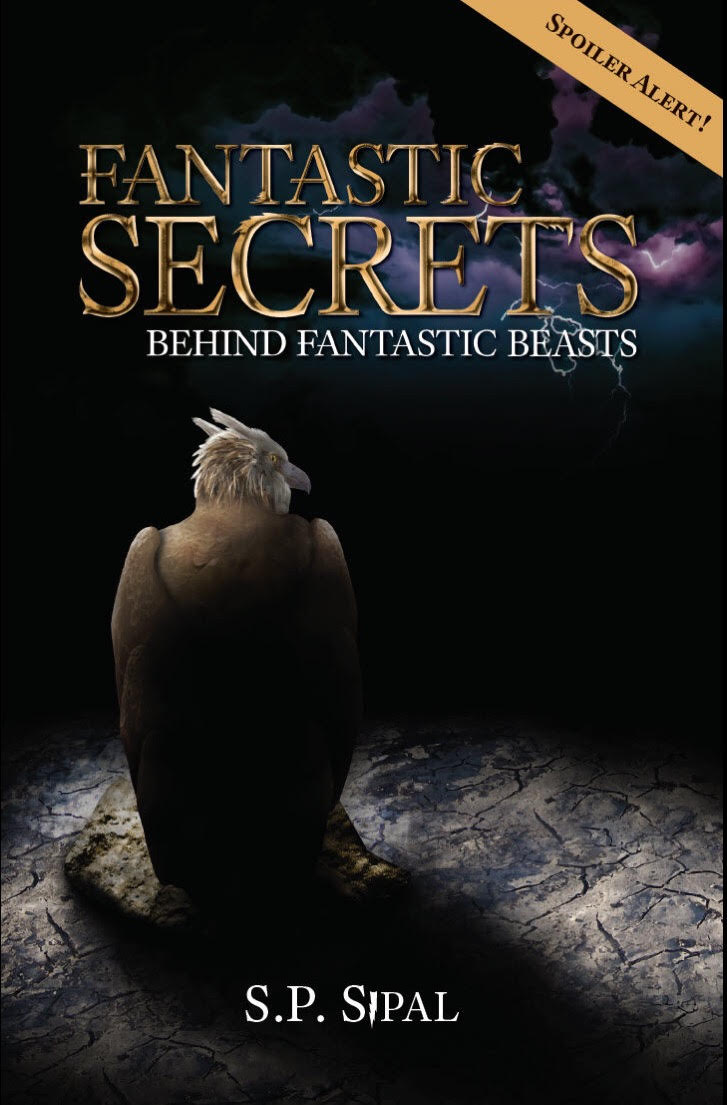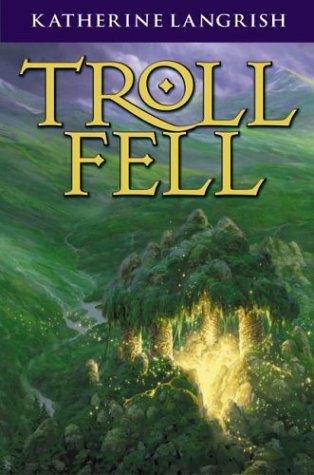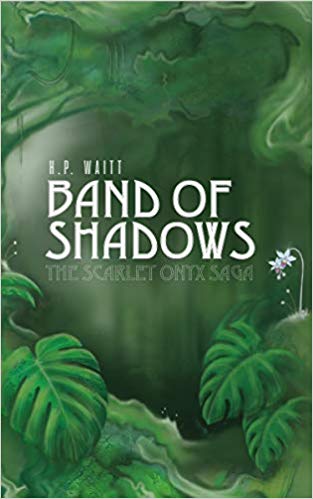Fantastic Secrets Behind Fantastic Beasts is a must-read for anybody interested in uncovering the mysteries of J.K. Rowling’s five-part movie series before the final story hits the screen. S.P. Sipal is deliciously thorough, leaving no stone unturned in her search for Rowling’s famous clues.
Sipal analyzes every element of Fantastic Beasts, starting off with Rowling’s American worldbuilding and finishing with her own predictions for the series. Each section is filled with delightful theories, and Sipal questions everything – an excellent strategy for anyone attempting to put together a trail of clues that span a universe as dense as Rowling’s wizarding world. The vastness of her novels allowed for throwaway characters like Mark Evans, but each word of the script, crafted carefully so as not to make the movie run for four hours, holds immense weight for those scrutinizing it.
Although Newt later explains to Tina that his true purpose in coming to America was not to illegally purchase a Puffskein, Sipal questions his supposedly “true” motive. Was Newt really in America only to free Frank the Thunderbird, or was he there with another mission in mind?
Sipal points out the discrepancies in the accounts for future movies laid out by both Rowling and director David Yates. She references a tweet in which Rowling assures a fan that Newt will remain at the forefront of the story and discusses Yates’s belief that the story would shift more to Dumbledore and Grindelwald in the future. If Newt were in America carrying out a mission for Dumbledore, perhaps the story could involve both plotlines.
Questions of motivation are not limited to the characters alone, as shown in Sipal’s theory that an Animagus resides somewhere in the story. She notes an unusually lengthy description of a pigeon in Scene 28 and predicts that Tina is keeping watch over Credence as a bird. What I love about Sipal’s analysis is that she doesn’t shy away from elements of the plot that hurt her theories; she embraces them fearlessly and hones in on those moments that certainly hold clues for the future, whether or not her theories are correct. Many of her observations hold up to scrutinous standards: The description in Scene 28 is rather odd compared to others. It’s longer than any other description, especially for something as small as a pigeon. It’s reminiscent of McGonagall sitting on the ledge as a cat in the first chapter of Sorcerer’s Stone.
Sipal’s analyses culminate in the final chapter, which outlines her primary predictions for the rest of the series. She claims that five is to Fantastic Beasts what seven was to the original series and poses a number of theories regarding the number’s significance. We may be visiting five continents of the wizarding world, or the five leaders who spoke in the Pentagram office scene may head the countries that will be primarily involved in the approaching wizarding war.
She also points out the imminence of a deadly weapon appearing before the end of the final movie. Numerous allusions to weapons of mass destruction and the approaching Second World War timeframe make it likely that we’ll see some kind of horrific destruction, most likely at Grindelwald’s hands. The main question is – how will our heroes be involved in it? The Obscurus was able to create quite a mess, and we can only hope that Grindelwald leaves Newt out of his plans for a new world order.
This summary doesn’t cover even half of Sipal’s theories, and if you’re interested in knowing more, I strongly advise you to buy a copy of this book and get reading!
A copy of this book was provided by the publisher for review.



